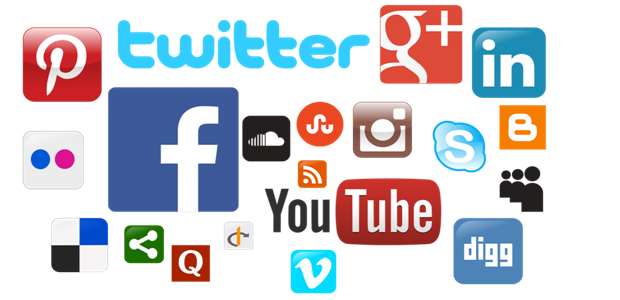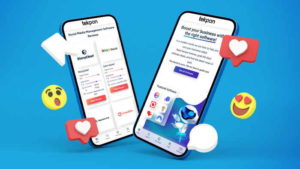How to use Social Media APIs to Gain a Competitive Edge
Every software company these days uses an API to introduce their programming instructions and standards to 3rd-party organizations for better integration of their programs. An API allows a 3rd-party organization to use the services of another company for free.
API stands for “Application Programming Interface” and basically, it’s a program that allows one piece of software to communicate to another one and use its services and resources.
Now, APIs aren’t really new. Almost two decades ago, eBay announced the launch of their API, which would allow website owners to display any eBay listings they want on their sites. However, eBay took a few years to follow through on the plan. Amazon was actually the first major player to launch an API.
And today, APIs are everywhere. Since the so-called “API economy” is all about collaboration, the fact that APIs make a perfect fit for social media networks is not a surprise at all.
How Social Media APIs can Help You

Overall, social media platforms provide a great source of user data for both online and offline business. But you already know that. So how can a social media API help you increase your bottom line?
Without a social media API, it would be almost impossible to link your website to your Facebook, Twitter, or Instagram account and promote your social reputation. What’s more, you’d be unable to use Google Analytics to properly optimize your website without the use of APIs.
Also, all of the tools your company uses in its promotion are powered by APIs. No matter if you use Foursquare, Pinterest, or LinkedIn in your promotions, APIs are the working force behind the process of exchanging app services and features between your business site and the network.
Some of things APIs allow you to do include:
- Displaying ads on your business website and organizing ad campaigns
- Maximizing the tools that allow you to connect your site to social media platforms
- Placing certain social media buttons that allow users to like and share your posts
- Launching email campaigns and managing your email subscription lists
- Tracking website analytics and using it to boost your visibility on Google
If you never used APIs before, don’t worry, they are quite easy to implement. Your average social media API comes with an API documentation example that gives your in-house developers an idea of how the API will work when implemented.
Examples of Social Media APIs
1. The Embedded Tweets API – Embed Fully Interactive Tweets
Twitter’s easy-to-use API ensured that a huge number of 3rd-party applications sprang up around the network. This particular API allows users to take any tweet they want and embed it directly into their website or piece of content. The embedded tweets are also interactive, which means your visitors can follow the author of the tweet, like, reply, and retweet it directly from your website.
2. The Facebook Graph API – Create a Better User Experience
Facebook is the biggest social media network in the world that covers demographics across the board. That’s why so many businesses are using the network to gather data and gain valuable consumer insights. Company’s Graph API is basically the core of the platform. It’s designed to give professionals access to everything from photos and videos to locations and conversations in Facebook’s database.
3. The YouTube Data API – Improve the YouTube Functionality
YouTube is filled with countless hours of content. And while you can always embed those videos and display it on your website, with the use of the Data API, you can also request and post the data about those videos on your site. This API works together with both the Player and Analytics APIs, and allows you to insert more YouTube functionalities into your application.
Final Thoughts
If you want to create cutting-edge marketing campaigns that will attract new customers, you need to start using social media APIs. They allow you to communicate with your target demographic, personalize your campaigns, and even add more features to your site. Having access to the features of some of the biggest social media platforms on the planet will definitely boost your marketing efforts and increase your bottom line – no matter what business you’re in.







